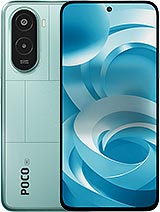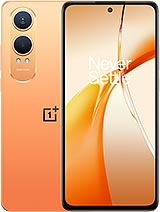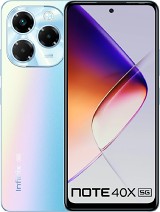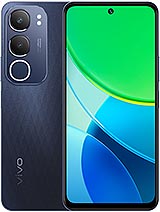Poco M7 Plus alternatives
Tap above to see alternatives.
Vivo Y29 alternatives
Tap above to see alternatives.
Poco M7 Plus

Poco M7 Plus
-
Snapdragon 6s Gen 3
6 nm
-
7000 mAh
33W
-
6.9"
1080 x 2340 pixels
-
50 MP
1080p@30fps
- Specs
2x2.3 GHz Cortex-A78
6x2.0 GHz Cortex-A55
2x2.4 GHz Cortex-A76
6x2.0 GHz Cortex-A55
8GB 128GB (UFS 2.2)
6GB 128GB (eMMC 5.1)
8GB 128GB (eMMC 5.1)
8GB 256GB (eMMC 5.1)
f/1.8, (wide), PDAF
Auxiliary lens
f/1.8, (wide), 1/1.95", 0.8µm, PDAF
0.08 MP
f/3.0
f/2.0, (wide)
f/2.0, (wide)
SIM1: Nano, SIM2: Nano
8 5G bands
n1, n3, n5, n8, n20, n28, n40, n78
8 5G bands
n1, n3, n5, n8, n28, n40, n77, n78
In this performance comparison, the Poco M7 Plus with its Qualcomm Snapdragon 6s Gen 3 (6nm) performs better than the Vivo Y29 with the Mediatek Dimensity 6300 (6nm), thanks to superior chipset efficiency.
Poco M7 Plus offers 2 years of OS updates, whereas Vivo Y29 provides 1 years. For security updates, Poco M7 Plus offers 4 years of support compared to Vivo Y29's 3 years.
Both Poco M7 Plus and Vivo Y29 use LCD screens. In terms of smoothness, Poco M7 Plus offers a higher 144 Hz refresh rate, ensuring fluid scrolling and animations. Vivo Y29 also boasts a brighter screen with 1000 nits of peak brightness, enhancing outdoor visibility. Notably, Poco M7 Plus offers a higher screen resolution, resulting in sharper visuals and more detailed content.
Poco M7 Plus comes with a larger 7000 mAh battery, which may offer longer usage on a single charge. Vivo Y29 also supports faster wired charging at 44W, compared to 33W on Poco M7 Plus.
Both phones feature the same IP64 rating for water and dust resistance.
- Vivo Y29 – Check price here
¹ Scores can vary even with the same chipset due to RAM, thermals, and software optimization.











